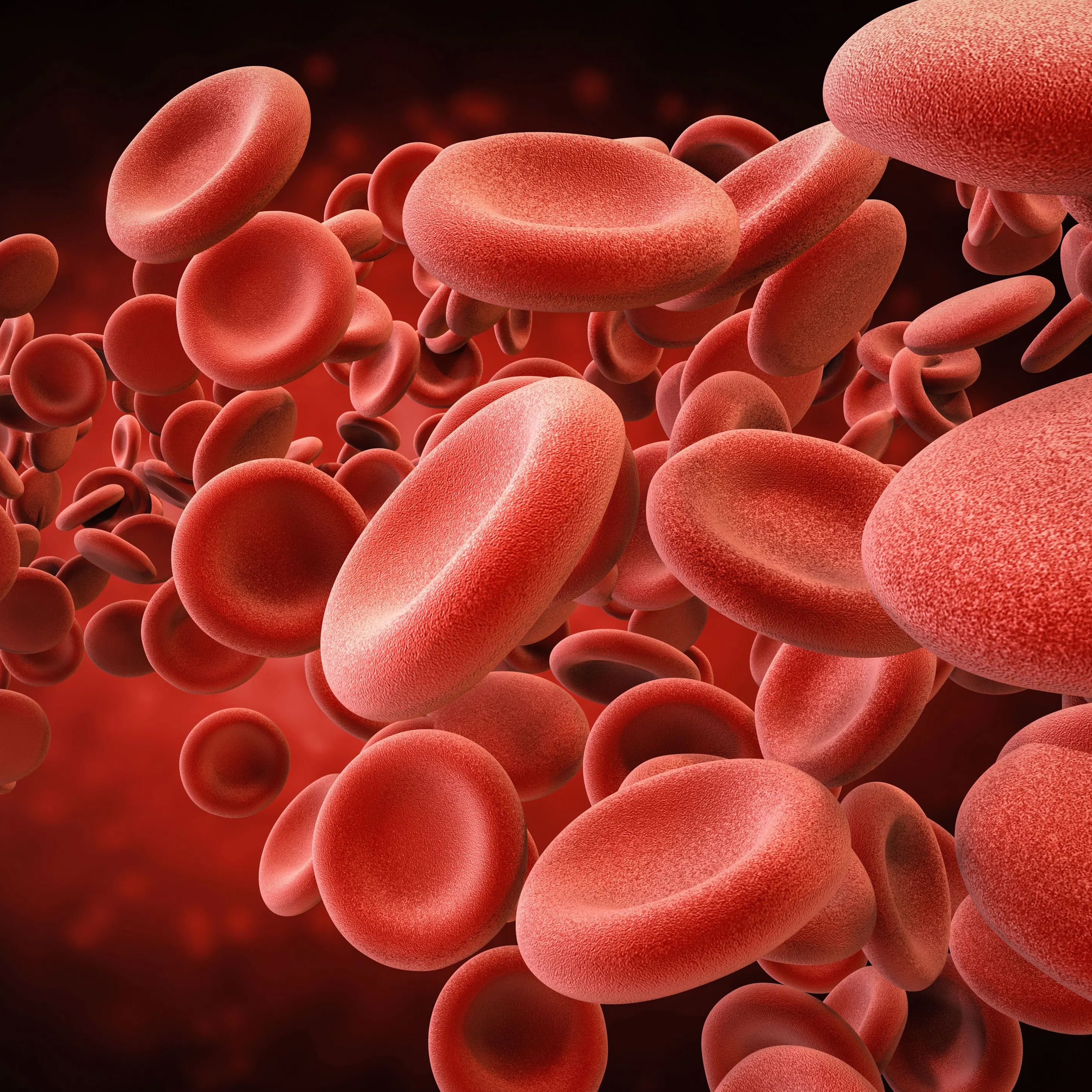RET-He Levels Detect Iron Deficiency in Acute Decompensated Heart Failure
Measurement of reticulocyte hemoglobin equivalent is cost-effective and could be a useful marker of iron deficiency in acute decompensated heart failure.
Credit: Fotolia

New research identified reticulocyte hemoglobin equivalent (Ret-He) as a useful parameter and easily applicable marker for detecting iron deficiency in patients with acute decompensated heart failure (ADHF).1
Results from the study revealed the cut-off value of Ret-He for iron deficiency screening was the same for each definition of iron deficiency, based on transferring saturation (TSAT) <20% and serum ferritin <100µg/L, in patients with ADHF.
“Collectively, Ret-He levels may be a useful parameter for detecting iron deficiency in patients with acute decompensated heart failure,” wrote the investigative team led by Yoshiro Naito, department of cardiovascular and renal medicine, school of medicine, Hyogo Medical University.
Iron deficiency has been linked to poor outcomes in patients with ADHF, making it important to prioritize appropriate treatment regimens.2 However, controversy over the definition of iron deficiency in these heart failure analyses may lead to mixed conclusions. A 2023 update to the 2021 European Society of Cardiology (ESC) guidelines defined iron deficiency based on either TSAT <20% or serum ferritin <100 µg/L.3
A marker of iron deficiency, Ret-He may provide utility as a measure for patients with heart failure—however, there are limited data on its use in heart failure, owing to various definitions of iron deficiency. For this analysis, Naito and colleagues sought to evaluate Ret-He according to the 2023 update of the 2021 ESC guidelines, to determine the applicability of Ret-He for iron deficiency in patients with ADHF.1
The analysis involved 360 consecutive patients hospitalized for ADHF based on Framingham criteria, at the investigator’s institution between December 2017 and August 2019. Exclusions were performed for patients with renal failure or receiving hemodialysis, those with hematological diseases, or those with active malignancies.
Ultimately, 225 participants matched the inclusion criteria. Baseline characteristics and laboratory and echocardiographic data were obtained on hospital admission. Levels of Ret-He were calculated using an automated hematology analyzer.
Among the study population, the 225 patients with ADHF had a mean age of 79 years and the proportion of men was 56%. The median left ventricular ejection fraction, hemoglobin, and serum iron levels were 37%, 10.6 g/dL, and 7.1 µmol/L, respectively. Overall, the median Ret-He levels were lower in patients with ADHF with iron deficiency versus those without the deficiency.
Based on the definition of TSAT <20%, the cut-off value of Ret-He for iron deficiency screening was 32.4 pg by receiver-operating characteristic analysis. According to the definition of serum ferritin <100 µg/L, the cut-off value was also 32.4 pg. Corresponding areas under the curve values for the TSAT and serum ferritin definitions were 0.776 and 0.754, respectively.
Based on World Health Organization criteria for anemia, the cut-off values of Ret-He for iron deficiency anemia screening were 32.4 and 31.0 pg by TSAT <20% and serum ferritin <100 µg/L, respectively. Since Ret-He correlates with iron parameters, the investigative team indicated these findings may reflect iron levels.
Citing its ultimate utility and value in screening, Naito and colleagues suggested measuring Ret-He levels may prove useful for detecting iron deficiency in patients with ADHF.
“The measurement of Ret-He is inexpensive and cost-effective,” Naito and colleagues wrote.
References
- Okuno K, Naito Y, Ohno J, et al. Reticulocyte hemoglobin equivalent is an easily applicable marker for detecting iron deficiency in patients with acute decompensated heart failure. Am Heart J Plus. 2023;35:100332. Published 2023 Oct 6. doi:10.1016/j.ahjo.2023.100332
- Masini G, Graham FJ, Pellicori P, et al. Criteria for Iron Deficiency in Patients With Heart Failure. J Am Coll Cardiol. 2022;79(4):341-351. doi:10.1016/j.jacc.2021.11.039
- Authors/Task Force Members:, McDonagh TA, Metra M, et al. 2023 Focused Update of the 2021 ESC Guidelines for the diagnosis and treatment of acute and chronic heart failure: Developed by the task force for the diagnosis and treatment of acute and chronic heart failure of the European Society of Cardiology (ESC) With the special contribution of the Heart Failure Association (HFA) of the ESC. Eur J Heart Fail. 2024;26(1):5-17. doi:10.1002/ejhf.3024